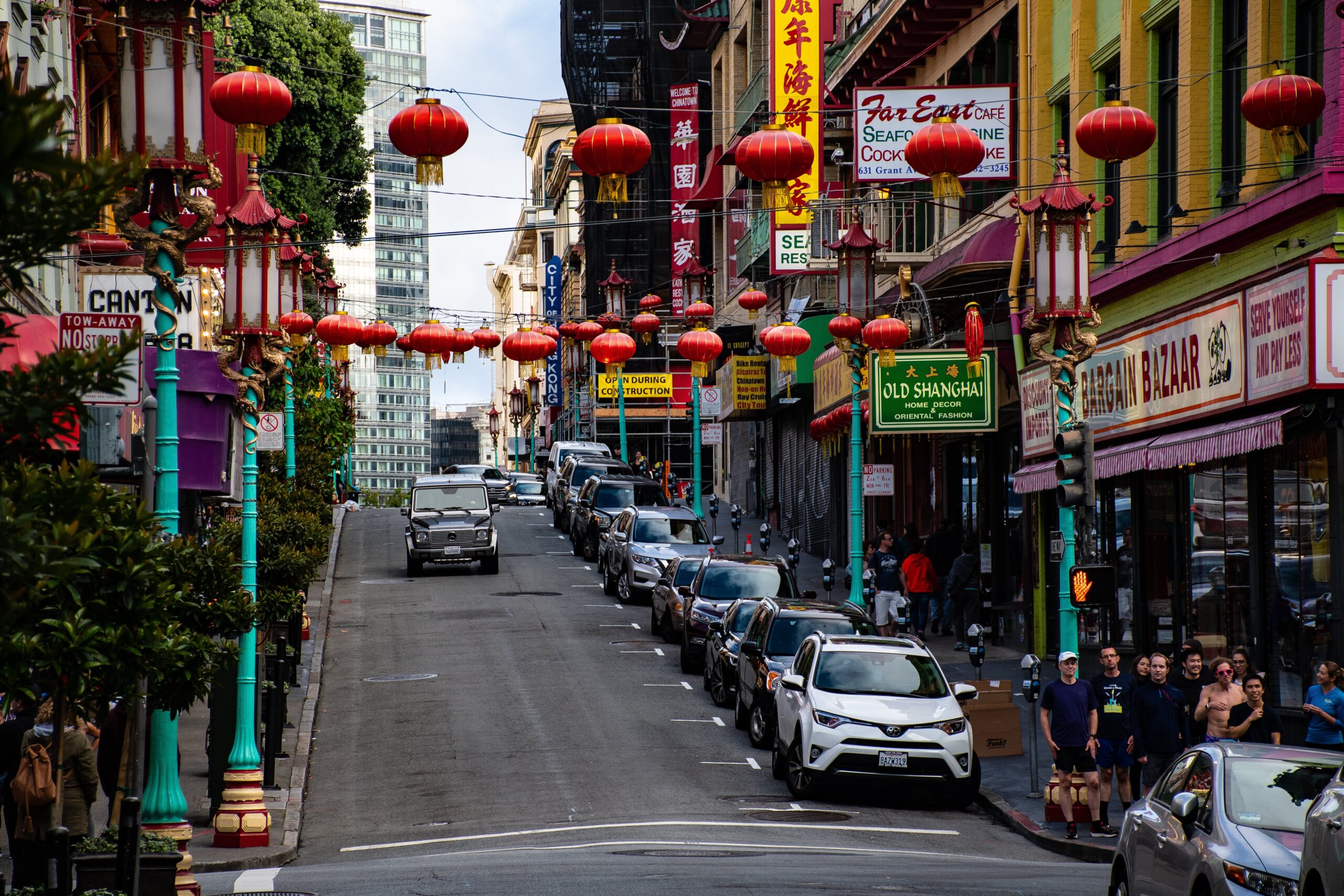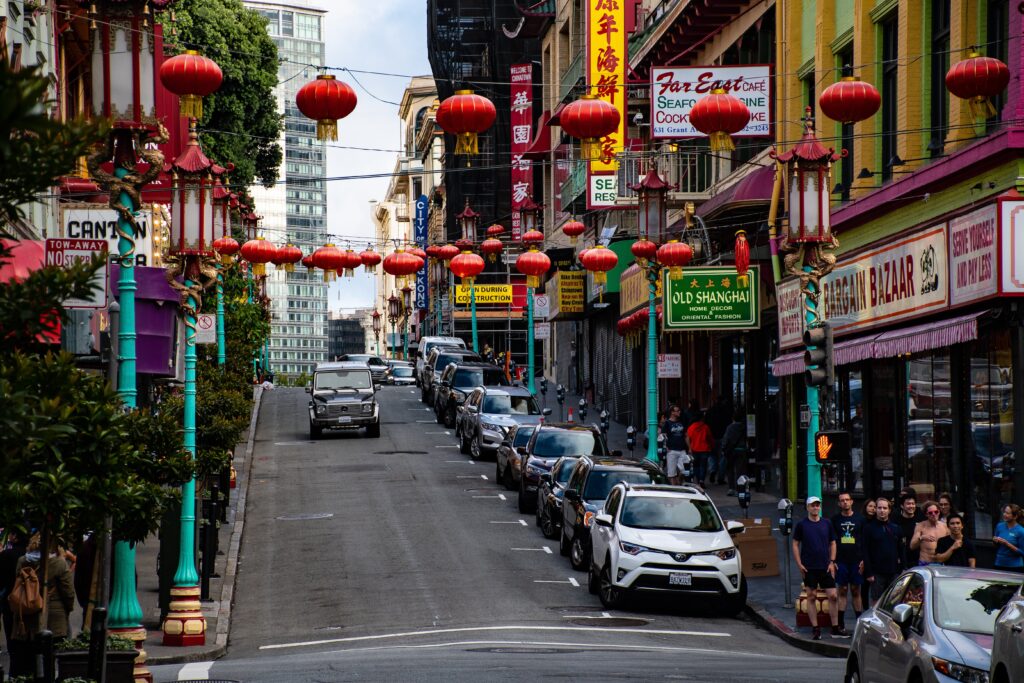Image credit: Unsplash
The crisis that has stalled the entertainment industry for much of 2023 appears set to end with an amicable agreement. The strike by the Writers Guild of America (WGA) lasted 148 days before yielding an agreement in September. The 118-day strike by the Screen Actors Guild-American Federation of Television and Radio Artists (SAG-AFTRA) has been suspended while negotiators reach what will hopefully be a final contract with Hollywood studios. However, these agreements only represent a consensus on the conditions needed to move forward. The core conflicts and compromises will continue to affect the entertainment industry.
In the short term, many Hollywood productions slated for release at the end of this year and the beginning of next year have not been affected. Many fall programs had been finished before the strikes, and though the strikes did impact the marketing of these shows, a sizable slate of fall programming will be released anyway. However, production did stop on many shows, such as Abott Elementary and Stranger Things, as well as films like Dune: Part 2 and Gladiator 2. These delayed productions are expected to be completed and released next year, but this will cause further ripples in the release schedules of 2024, 2025, and possibly beyond. The extent of this disruption remains difficult to gauge.
Impact of Strikes on Production Schedules
The fact that the strikes came so close after the Covid-19 pandemic in some ways multiplied the effect, but in other ways, softened the blow. Industry experts have pointed out that the 2024 season had been slim on offerings even before the strikes, as Hollywood had not yet rebuilt its momentum. While this leaves elbow room for release schedules going into next year, it also means that the scripted programming hit the hardest need to restart production for a second time.
Had the strikes stretched on even longer, the disruption to the release schedule might have been much more significant. The film award season would have been impacted, with fewer productions eligible and actors and screenwriters leaving ceremony seats empty.

The strikes also came at a time when content consolidation was a growing trend in Hollywood. Following the financial impact of the pandemic and a significant amount of investment in streaming projects during that time, Hollywood had already been poised for a period in which fewer shows and films were being greenlit for production. Industry experts believe this trend will be heightened. As the new contracts increase the cost of production, there will likely be fewer new projects.
Future Trends and Predictions in the Entertainment Industry
Karsten Weide of W Media Research expects this trend to worsen over time. As reported by the Washington Post, Weide expects a near-future decrease in production volume of as much as ten percent, with the potential for as much as half within the next five years.
Weide also gave grim predictions for streaming prices, as media companies are likely to attempt to recoup costs by increasing fees. Weide warned that if this coincides with a much-decreased volume of content, it could result in a “death loop,” in which streaming platforms lose subscribers due to the heightened costs. This could end with smaller streaming platforms folding, a process Weide said has already begun.
One of the main points of contention during the strikes was the use of AI, a technology that could offset expenses but is limited in that the negotiated contracts protect writers and screenwriters from its abuse. However, experts worry that contracts leave room for AI to replace noncreative labor, and the studios will likely invest even more in whatever AI use is permitted. This accelerated movement toward automation may already be setting the stage for the next confrontation between studios and unions.



















